You can avoid unnecessary expenses for your printing needs. Knowing the differences between digital and offset printing can help you make smarter decisions when it’s time to print.
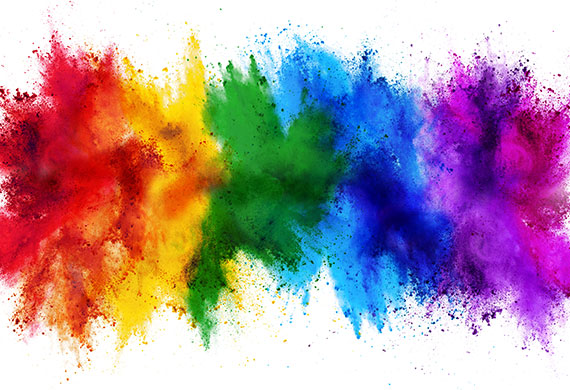
clashgraphics.com gathered the following information about digital printing and offset printing, the differences, turnaround time, quality, color, and cost-effectiveness.
What Is Offset Printing?
Offset printing is the most used form of commercial and bulk printing. Invented in 1798 by Alois Senefelder, offset printing or offset lithography is a process in which:
1. Original text and images are scanned or uploaded to a computer
2. Films are produced using a high-resolution imagesetter
3. The image is transferred to a metal, plastic, or paper printing plate
4. Rollers apply oil-based ink and water to the plate (water prevents the ink from bleeding to the non-image area)
5. The inked image is transferred to a rubber blanket (cylinder)
6. The image is then transferred to paper as it passes between the blanket and another cylinder
7. A new plate is produced, and the process is repeated for each color added to the image
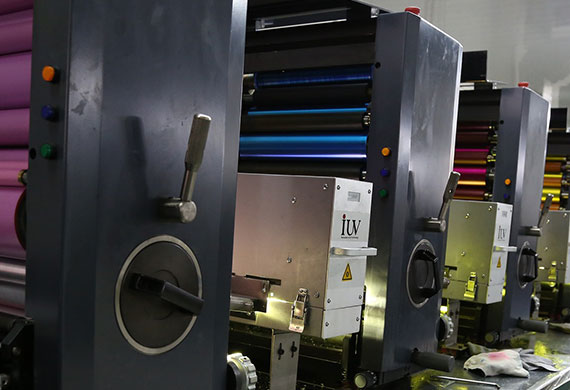
The term offset refers to the process of the image not being printed directly from the plate. Rather, it is offset or transferred to another surface that makes contact with the paper.
What Is Digital Printing?
Digital printing refers to printing from a digital-based image directly to media using toner or liquid ink. In this process, the toner or ink sits and dries atop the medium rather than being absorbed by it. Benny Landa, who is known as “the father of digital printing,” shocked the entire printing industry when he unveiled the world’s first digital color printing press in 1993.
Unlike offset printing, the technical steps required to produce reproduction plates are not necessary. Digital printing also allows you to make changes to your project on the fly, without needing to reset any machinery.
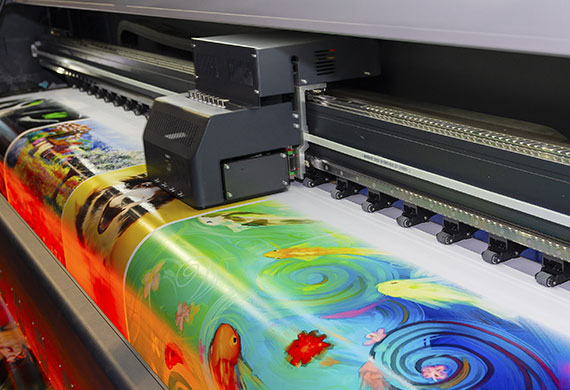
Project Turnaround Time
One consideration when choosing between digital and offset is how quickly you need the job done.
Offset - Due to the plate production process, fine-tuning of machinery, and typically higher order quantities, the turnaround time for an offset print job can be significantly longer.
Digital - With no need for plate production, machinery maintenance, and lower quantity print jobs, the turnaround time for digital print jobs is much faster.
Digital Printing Wins Turnaround Time
Print Project Quality
The print jobs you will have done are going to represent you or your business. Quality print is an absolute necessity to convey professionalism and confidence.
In this category, both offset and digital possess the capacity to produce high-quality print jobs.
Offset and Digital Printing Tie on Print Quality
Project Color Requirements
Some print projects may require exact color matches. Here are the differences between offset and digital.
Offset - Traditionally, offset printing uses four ink cylinders - Cyan, Magenta, Yellow, and Black (CMYK). Offset, however allows for the printing of true colors such as Pantone color matching and HKS:
• Pantone Color Matching includes 1,114 individual spot colors
• HKS includes 120 spot colors and 3,520 tones
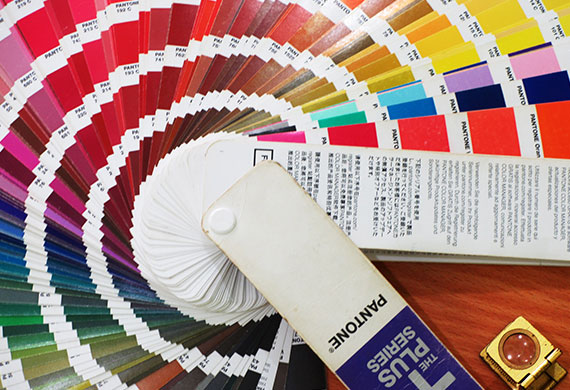
Digital - Digital printing uses inkjet or laser printers with a four-color-matching system. It is reliant on CMYK, lacking the capability to match the color and tone variations of Pantone and HKS.
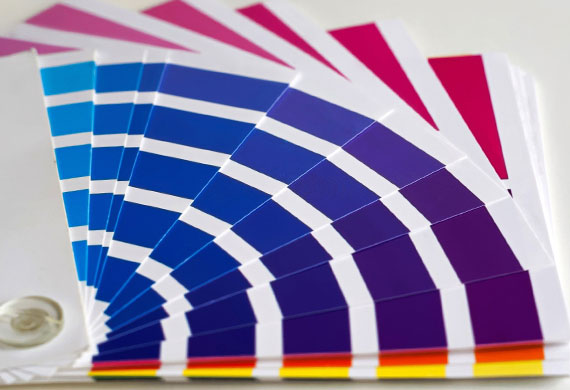
If your print project requires an exact Pantone or HKS color match, digital will not fulfill your requirements.
Offset Printing Wins on Color Matching
Project Cost Effectiveness
Price is often the determining factor for which print process will be used.
Offset - The price for offset printing decreases as the printed number of units increases from a single or series of plates. The initial cost of plate production and machine setup makes smaller print jobs economically inefficient.
Digital - While the cost per unit is higher with digital printing, the costs associated with plate production and machine setup are eliminated.
For print jobs that require sequential numbering or individual personalizations, digital is the way to go, as a new plate would have to be produced for each individualization, making the print job astronomical in price.
Offset Printing Wins (for larger print jobs - over 500 units)
Digital Printing Wins (for smaller print jobs - less than 500 units)
The Difference Between Digital Printing And Offset Printing
Ultimately, digital and offset printing produce high-quality printed products. Their differences only become evident depending on your project’s color, budget, time, and quantity requirements.
Digital Vs. Offset Printing
In this article, you discovered the differences between digital and offset printing, their efficiencies regarding turnaround times, project quality, color limitations, and cost-effectiveness.
By knowing the efficiencies and drawbacks of digital printing and offset printing, you can better meet your printing needs while achieving your budget goals.
Failing to properly evaluate and select the best print options can generate an inadequate product, or create the need to completely rerun the project, simultaneously generating more expenses and frustration.
Sources:
pirate.shu.edu/~mckenndo/Offset%20Lithography.htm
printcopymail.umich.edu/copysvcs/digitalprinting.htm
landanano.com/about-us/benny-landa
Clash Graphics Print Shop Atlanta Flyer Printing
2233 Peachtree Rd NE Ste 202 Atlanta, GA 30309
(678) 235-3464
To view the original version on Clash Graphics, visit: https://www.clashgraphics.com/printing-tips/digital-vs-offset-printing-explained/